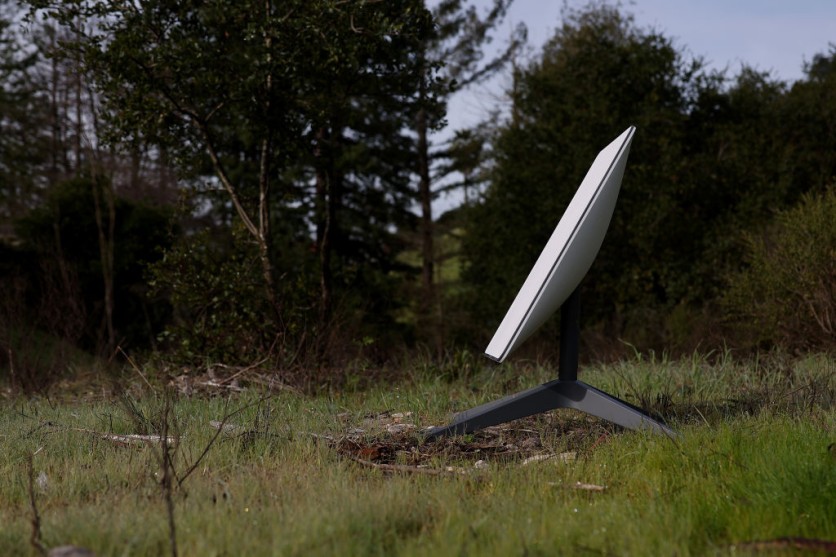
A new analysis of the service and speeds offered by the renowned satellite internet company, Starlink, has revealed that the company has improved its capabilities over the past two years. It has already been two years since Starlink first publicly launched its satellite internet service to the world. While it was capable of offering its renowned connection, it is only now that they were able to double it.
However, despite the massive improvements that have led to their services offering twice the speed of their previous offerings, they still cannot meet the requirements set by the FCC for broadband speeds.
Starlink: 2x Speedier Internet After 2 Years
According to a new report by Ookla (via CNET), Starlink's internet speeds have improved exponentially over the past two years, with the company able to double its capabilities compared to its previous introductory phase. From 2022's 53.95 megabits per second, Starlink now offers an impressive 104.71 megabits per second median download speed, which is approximately twice as fast.
As a result, Ookla recognized Starlink as one of the most attractive broadband options in the country, with the company steadily improving its numbers over two years.
Moreover, Starlink was able to achieve this feat despite adding as many as five million customers from 2022 to 2025, with the company recently achieving a milestone of surpassing 6 million users globally.
FCC Minimum Broadband Requirements
That being said, the report from CNET highlighted that Starlink is still short of meeting the FCC's minimum broadband speed requirement, as this 104.71 Mbps is not stable for all users.
Only 17.4 percent of Starlink customers (according to Ookla's data) are achieving the required 100 Mbps download and 20 Mbps upload speeds, which are the minimum requirements of the FCC to receive a subsidy from the BEAD (Broadband Equity Access and Development) program.
Starlink's Satellite Internet and the FCC
Elon Musk's Starlink and the US Federal Communications Commission (FCC) have a long history together, but not all of it is positive, particularly as the agency has rejected its request for a subsidy over the years. Back in 2022, when Starlink was launching its services publicly, the FCC rejected its RDOF subsidy request, which had asked for $885 million to expand satellite internet to the US.
Fast forward to a year later, the FCC has rejected Starlink's request for a subsidy again, with the same amount, and is also focusing on the Rural Digital Opportunity Fund. The agency claimed that Starlink was unable to demonstrate its capabilities and deliver on its promises for broadband speeds, failing to meet the minimum.
That being said, Starlink has since improved its services over the many years leading up to 2025, with the FCC approving its Direct-to-Cell technology for various emergency uses and deploying its satellite internet to disaster-struck areas in the US. The latest for Starlink is significant support from the Trump administration for the company's services to be used for rural deployments, but these are still under review.
ⓒ 2025 TECHTIMES.com All rights reserved. Do not reproduce without permission.




